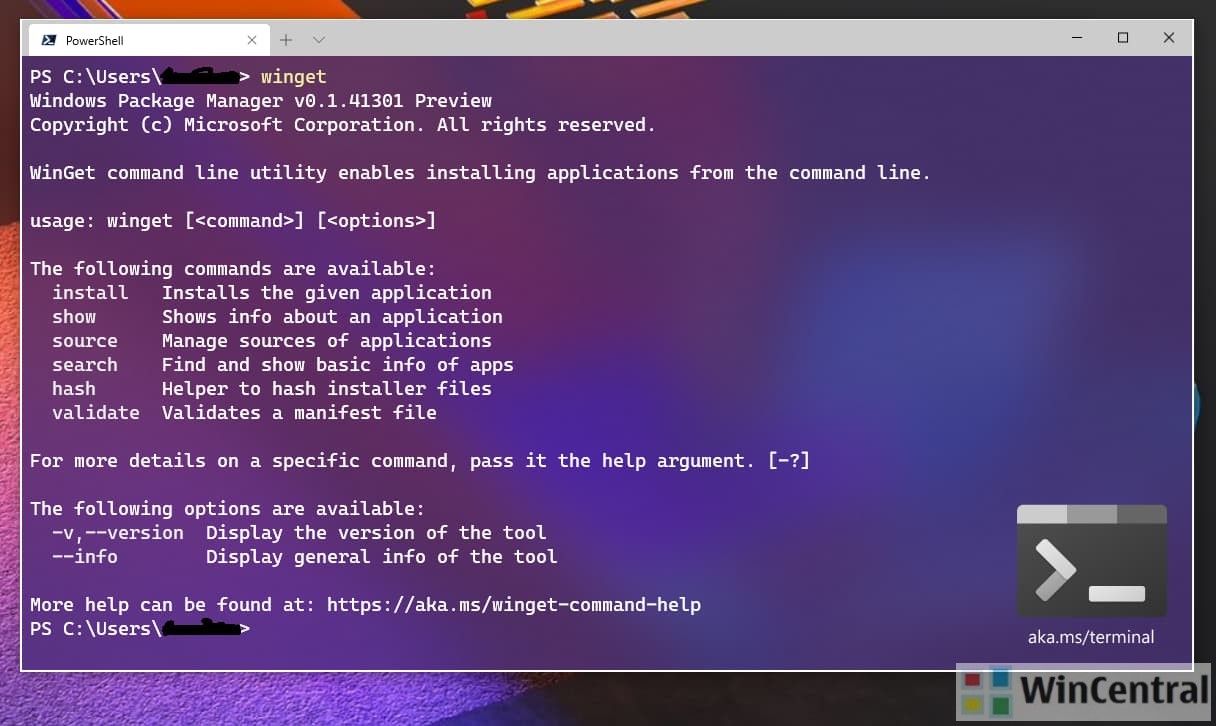



Note: Make sure to save your work and close the running programs before applying the steps below, because your computer may be restarted forcefully or by yourself. This explains why you might install a Portuguese language pack, but still get some parts display in English after a reboot. LIPs can be installed only on top of a fully localized language pack.įor end users, what we can do is installing language interface pack, which is partially localized for some languages.
Language Interface Pack (LIP): A partially localized language pack that includes less than 100 percent of the localized resources. Partially localized language pack: It contains 100 percent of the resources for a language and locale, but not all of the resources are localized in the language pack. Fully localized language pack: It contains 100 percent of the resources for a language and locale. That’s because Microsoft provides 3 types of language pack: Some Windows users may find that some parts of their operating system interface do not display in desired language after installing language pack. Windows 10 Single Language Change Language Manually Download and Install Windows 10 Language Pack How to Fix Windows 10 Language Pack Not Downloading In the end you can achieve precisely what you're seeking to do, but it may involve going back to the respective accounts and tweaking the default programs based on what you installed, in what order, and whether the install could be limited to the current user or is applied to all users.Install Windows 10 Language Pack Using Windows Update Of course, Microsoft Word can also open odt files, too. You can, of course, set Libre Office Writer as the default program for docx extension files, but what its own default happens to be is for odt extension files. In the case of office suites the default extensions are different and there's not much if any overlap with what they will open by default. Most of the time when you install things like MS-Office and Libre Office they will ask if you want to associate the file type or types they normally handle with them and most commonly that occurs across users (though sometimes not). Effectively, though, it is "Yes."Īt the level of each user account you can choose your default apps for most commonly performed tasks (e.g., web browsing, playing media, etc.) and can even drill down and assign default apps by file type on an individual user basis. The answer to your question is "yes and no" as it is phrased.







 0 kommentar(er)
0 kommentar(er)
